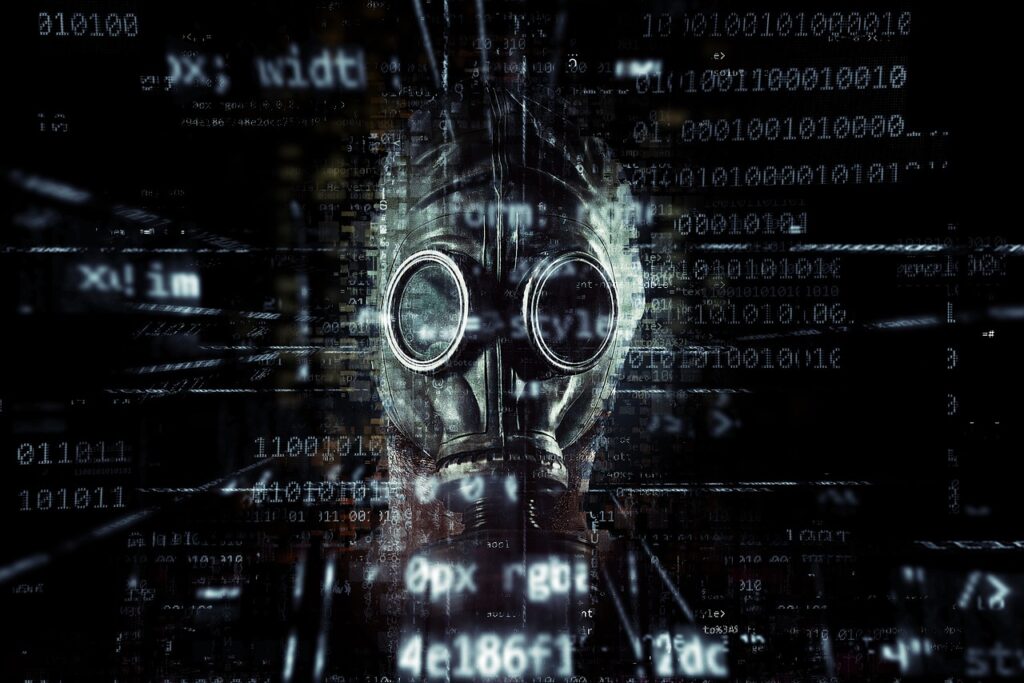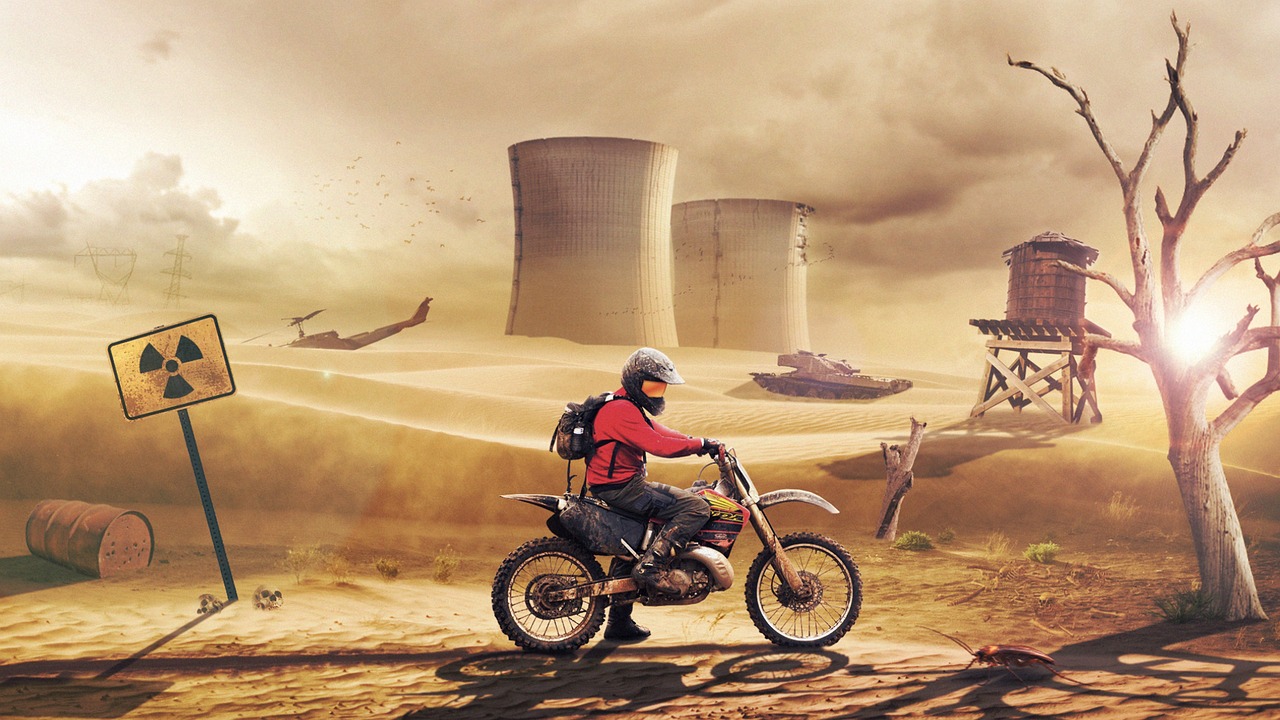Distilling water is a process that has been used for centuries to purify water and remove impurities. It involves boiling water to create steam, which is then condensed back into liquid form, leaving behind any contaminants. This method is highly effective at removing a wide range of impurities, including bacteria, viruses, and chemicals. Distilled water is often used in laboratories, medical facilities, and in the production of alcoholic beverages. It is also commonly used in households for drinking and cooking purposes.
Understanding Radiation Contamination

Radiation contamination occurs when water is exposed to radioactive materials, such as uranium, radium, or cesium. This can happen as a result of nuclear accidents, such as the Fukushima disaster in 2011, or from the improper disposal of radioactive waste. When water becomes contaminated with radiation, it can pose serious health risks to those who consume it. Radiation exposure can lead to a range of health problems, including cancer, genetic mutations, and organ damage. Therefore, it is crucial to find effective methods for removing radiation from water to ensure the safety of the public.
The Process of Distilling Water
The process of distilling water involves heating the water to create steam, which is then collected and condensed back into liquid form. This process effectively removes impurities from the water, as most contaminants have a higher boiling point than water and are left behind in the boiling chamber. The resulting distilled water is free from bacteria, viruses, chemicals, and other impurities. This makes it a highly effective method for purifying water and ensuring its safety for consumption.
Distillation can be done using a simple pot and lid setup or with more advanced distillation equipment. In both cases, the basic principle remains the same: heating the water to create steam and then condensing it back into liquid form. The resulting distilled water is pure and free from contaminants, making it safe for drinking and cooking.
Can Distillation Remove Radiation?
Distillation is an effective method for removing many types of impurities from water, but its effectiveness at removing radiation is less clear-cut. While distillation can remove some radioactive materials from water, such as radium and uranium, it is not effective at removing all types of radiation. For example, distillation cannot remove tritium, a radioactive form of hydrogen that has a lower boiling point than water and therefore remains in the distilled water.
Despite its limitations, distillation is still considered one of the most effective methods for removing radiation from water. It can significantly reduce the levels of radioactive contaminants in water, making it safer for consumption. However, in cases of severe radiation contamination, additional treatment methods may be necessary to ensure the complete removal of radioactive materials.
The Science Behind Radiation Removal
The effectiveness of distillation at removing radiation from water lies in the physical properties of radioactive materials. Most radioactive elements have a higher boiling point than water, which means they will remain in the boiling chamber while the steam is collected and condensed. This effectively separates the radioactive contaminants from the water, resulting in distilled water that is free from radiation.
However, as mentioned earlier, not all types of radiation can be effectively removed through distillation. Some radioactive materials, such as tritium, have a lower boiling point than water and will therefore remain in the distilled water. In these cases, additional treatment methods may be necessary to ensure the complete removal of radioactive contaminants.
Other Methods for Removing Radiation from Water
In addition to distillation, there are other methods for removing radiation from water. These include ion exchange, reverse osmosis, and activated carbon filtration. Ion exchange involves passing the contaminated water through a resin that exchanges ions with the radioactive materials, effectively removing them from the water. Reverse osmosis uses a semi-permeable membrane to remove contaminants from water by applying pressure to force it through the membrane. Activated carbon filtration involves passing the contaminated water through a bed of activated carbon, which adsorbs the radioactive materials.
Each of these methods has its own advantages and limitations when it comes to removing radiation from water. While distillation is highly effective at removing many types of impurities, including some radioactive materials, these other methods may be necessary in cases of severe radiation contamination.
The Effectiveness of Distilling Water in Removing Radiation
In conclusion, distillation is a highly effective method for removing a wide range of impurities from water, including some radioactive materials. While it may not be able to remove all types of radiation, it can significantly reduce the levels of radioactive contaminants in water, making it safer for consumption. In cases of severe radiation contamination, additional treatment methods may be necessary to ensure the complete removal of radioactive materials.
It is important to note that distillation alone may not be sufficient to ensure the safety of drinking water in areas affected by nuclear accidents or other sources of radiation contamination. In these cases, it is crucial to implement comprehensive water treatment strategies that may include a combination of distillation and other methods for removing radiation from water.
Overall, distillation remains a valuable tool in the fight against radiation contamination in water and can play a crucial role in ensuring the safety of drinking water for communities around the world. As technology continues to advance, it is likely that new and improved methods for removing radiation from water will be developed, further enhancing our ability to provide clean and safe drinking water for all.



